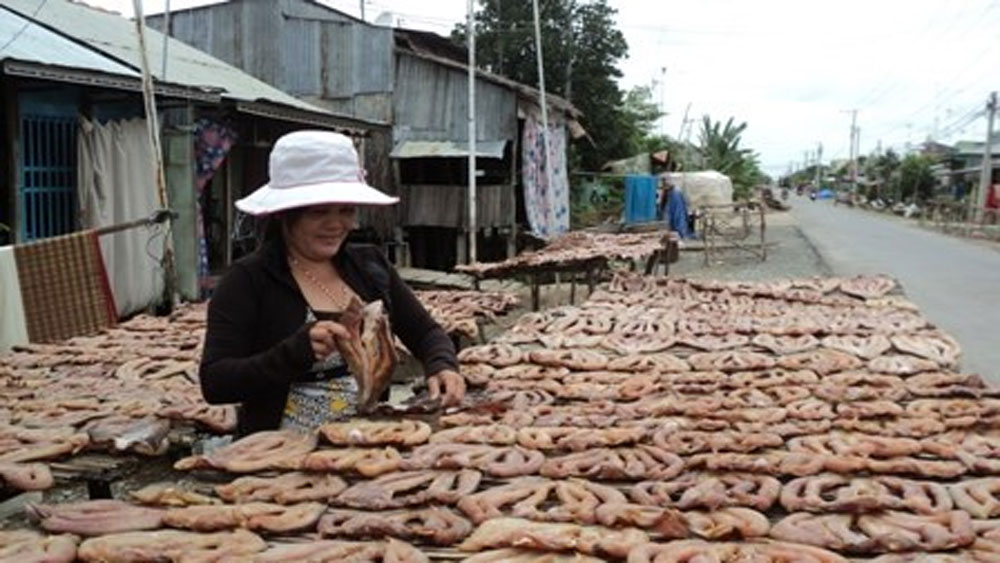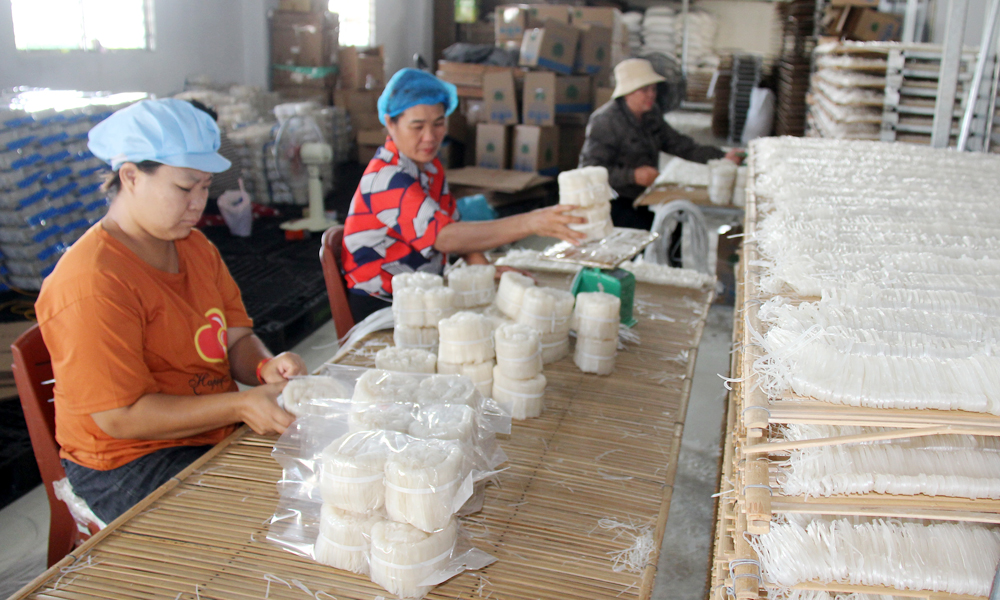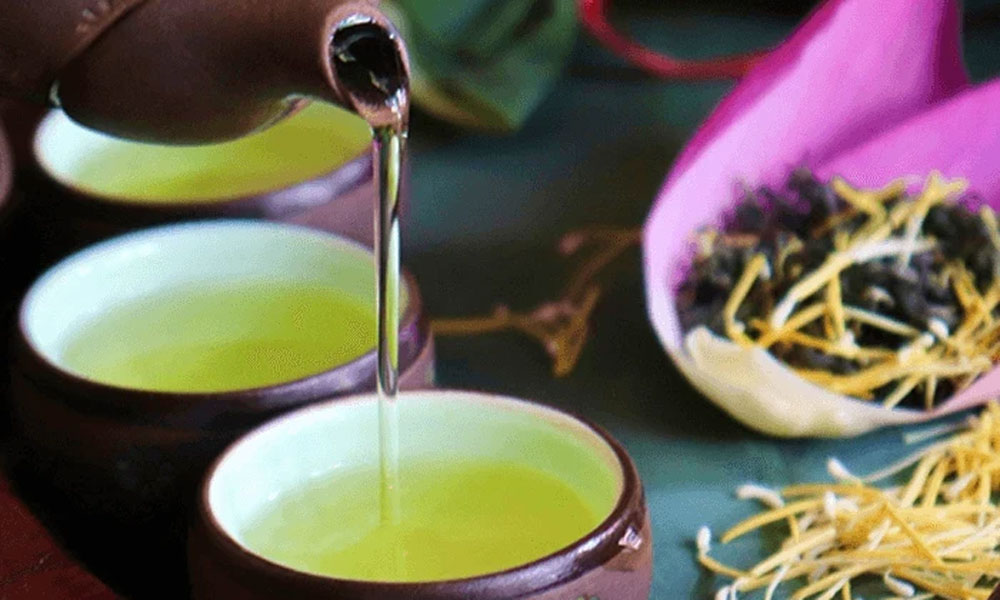Mekong Delta craft villages get busy for Tet
Villagers in Nem Lai Vung (fermented pork roll) craft village in Dong Thap province's Lai Vung district are working overtime to ensure adequate supply as orders for the product skyrocket.
 |
|
Dried-fish processing villages in the Mekong Delta are always busy during the Tet holiday season. |
Nguyen Thi Ngan, the owner of Nem Lai Vung production unit Ut Thang, said since the New Year holidays would see peak demand, her production establishment had to hire more workers.
Dried-fish processing villages in the delta are also busy.
They produce various kinds of dried marine and freshwater fish and shrimp, with snakeskin gourami, tra and shrimp being their specialities.
In Ca Mau province, Cai Doi Vam village in the town of the same name has increased production since early this month to ensure it can meet demand.
Tran Thi Thanh, whose family has been making dried fish for nearly seven years, said producers were operating at full capacity now.
“My family is increasing production to two or three times the normal volume.
“Thanks to this traditional occupation, many families in the village have a stable and good income.”
Production establishments are each supplying two to three tonnes of dried fish to the market a day.
It is a very old occupation in the town, with fishermen traditionally keeping aside a part of their catch to make dried fish to sell later.
The high profits the product offered had attracted more and more households to the business, she said.
“The village’s dried marine fish are sold to other provinces and also exported.”
They cost an average of 80,000-150,000 VND (3.5–7 USD) per kilogramme.
Cai Doi Vam, one of the largest villages making the product in Ca Mau province, has more than 100 households and companies making various kinds of dried fish, including anchovy, lizardfish, silver croaker and creamfish.
Dried creamfish is considered a specialty of the town and was even granted a collective brand by the National Office of Intellectual Property last year.
The periods before and after Tet are also the main season for catching the fish.
Ca Mau province’s dried shrimp is also in high demand with production establishments in Ngoc Hien district’s Rach Goc town operating at full capacity.
In Dong Thap province’s Tam Nong district, 15 dried fish making establishments in Phu Tho commune each produces about 250kg of dried snakehead and snakeskin gourami, two times the amount last year.
Tran Thi Trung, owner of an establishment, said the stages of making dried fish included cleaning, removing bones, marination and drying.
Snakehead sells for 150,000-180,000 VND (7-7.2 USD) and is expected to rise closer to Tet, according to local producers.
In An Giang province, Khanh An village in An Phu district’s Khanh An commune is famous for its freshwater varieties like tra, snakeskin gourami and snakehead.
Its dried snakeskin gourami is sold mostly to HCM City and tourists visiting the province’s famous Ba Chua Xu Temple in Chau Doc town.
According to Tran Thi Hong, owner of a production establishment, snakeskin gourami has less fat than many other types of fish and so, when dried, can be preserved for a long time.
Sometimes people come to the commune to buy this product to send to relatives living overseas. The village produces around 3,000 tonnes a year.
Producers of banh Tet (cylindrical glutinous rice cake filled with green bean paste and pork) are also working hard to meet demand.
Tran Kim Ly in Tra Vinh province's Cau Ngang district, said orders, particularly for delivery a day or two before Tet, were increasing.
Customers from as far away as Dong Nai and Binh Duong provinces had placed orders, she added.
Source: VNA
 Bắc giang
Bắc giang
















Reader's comments (0)